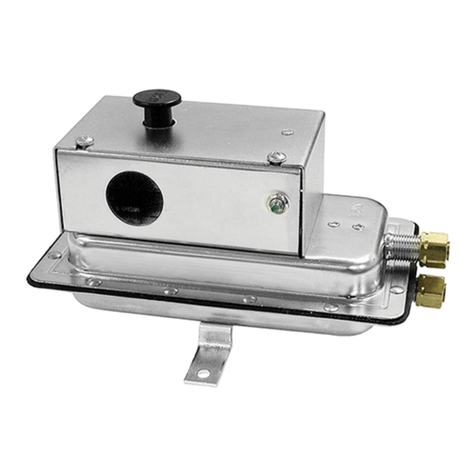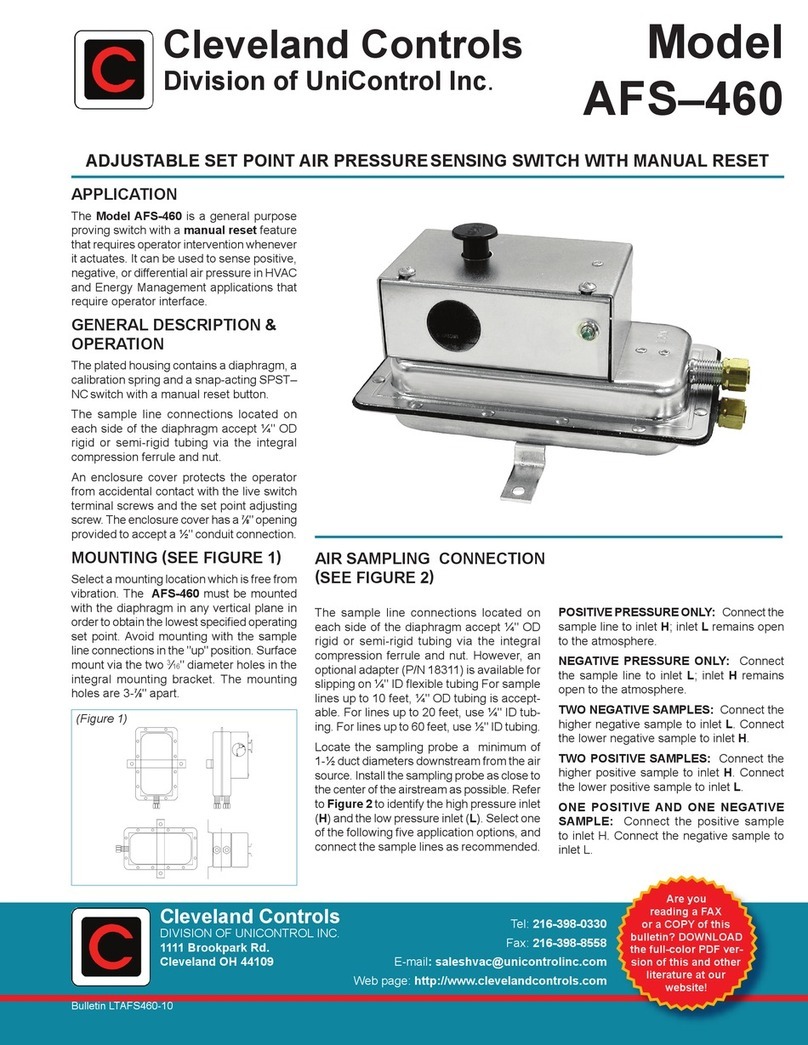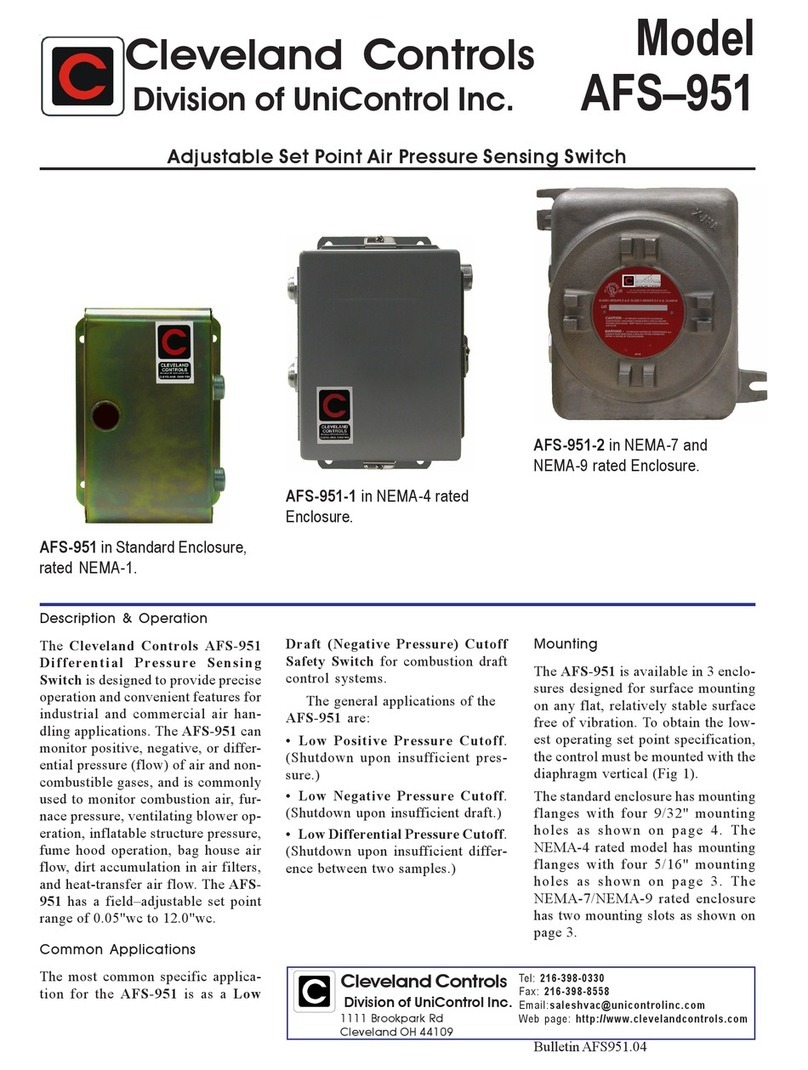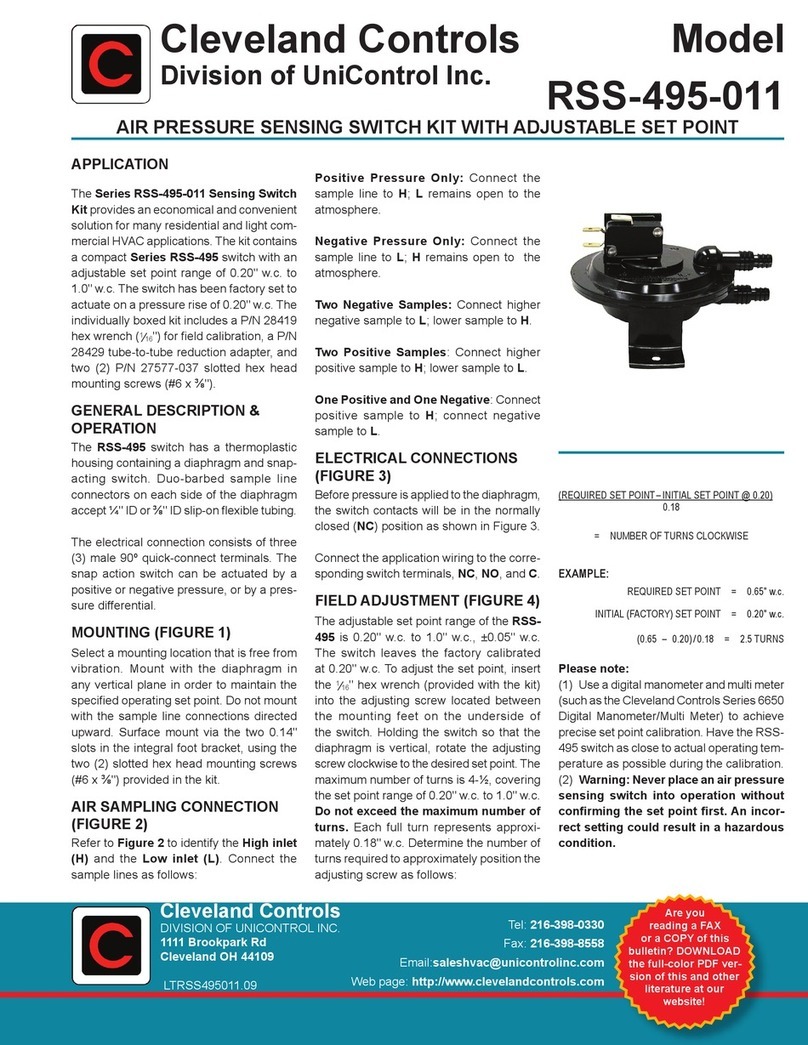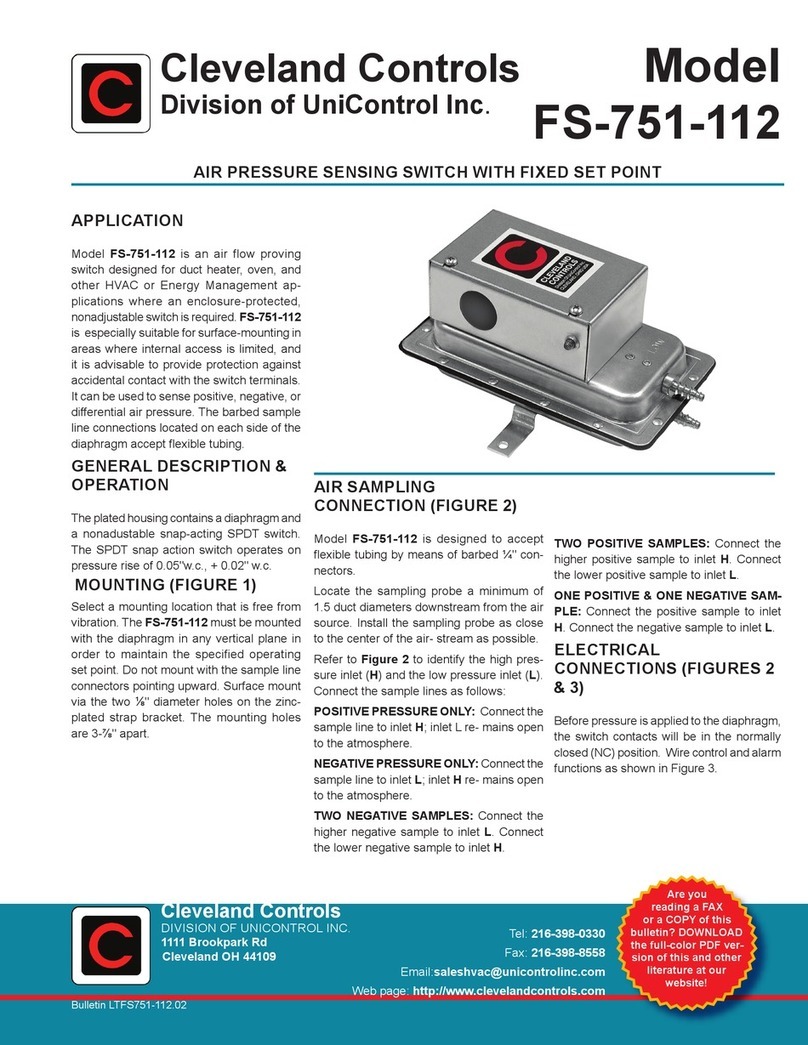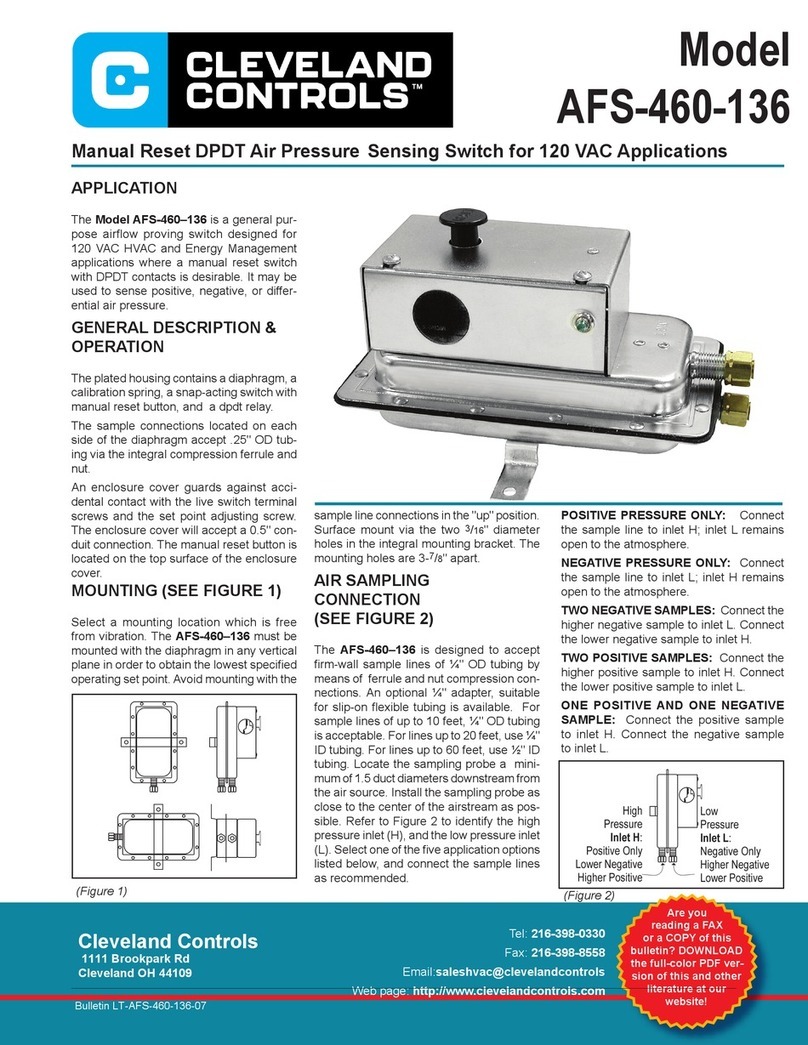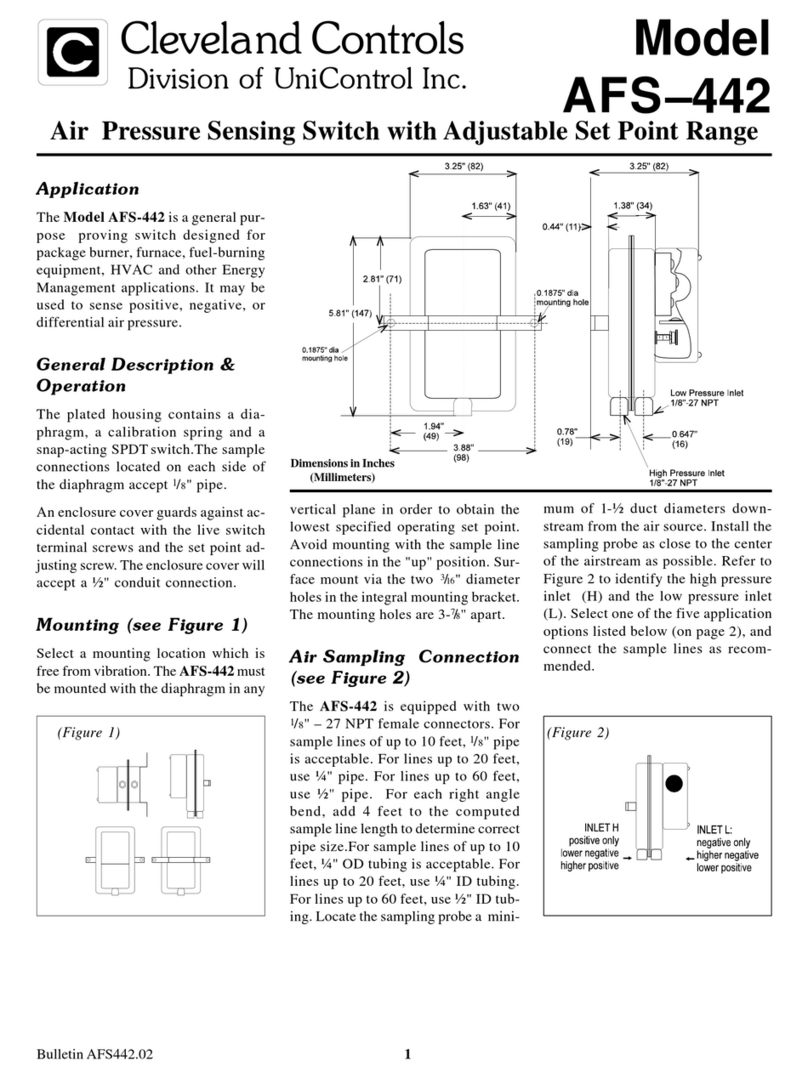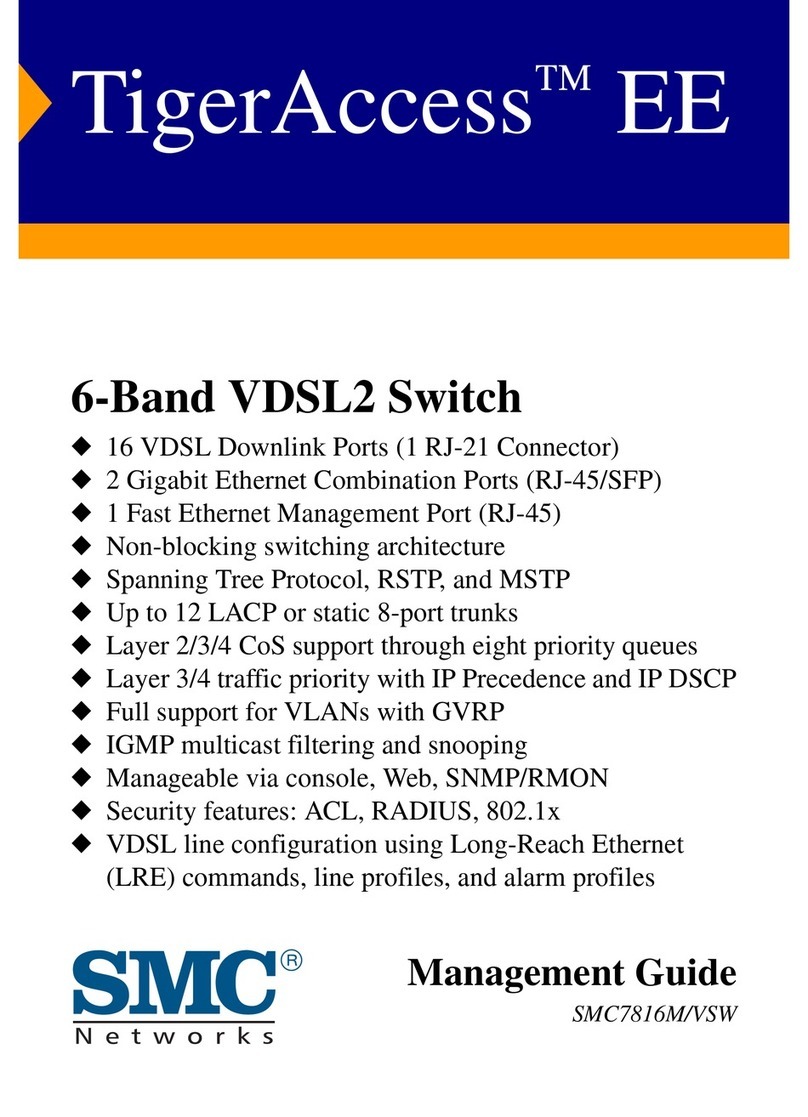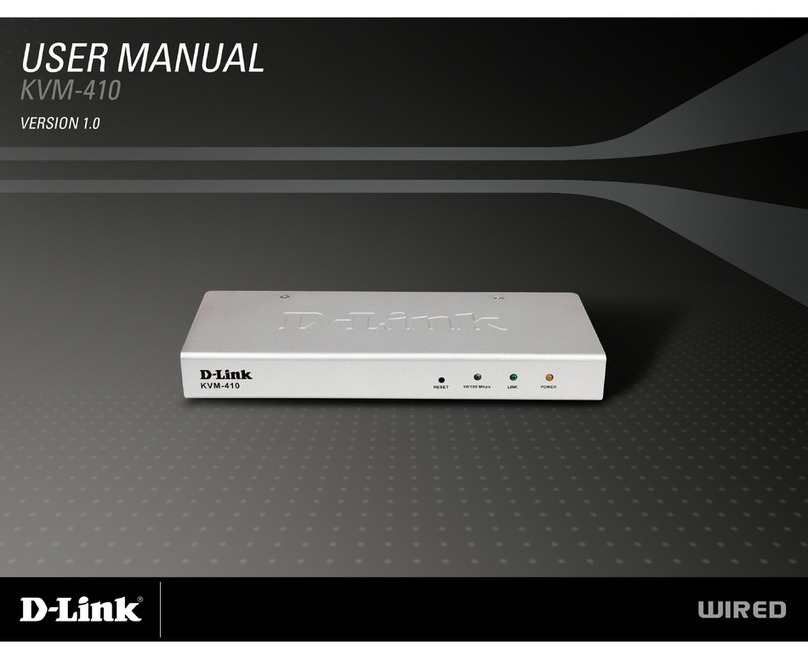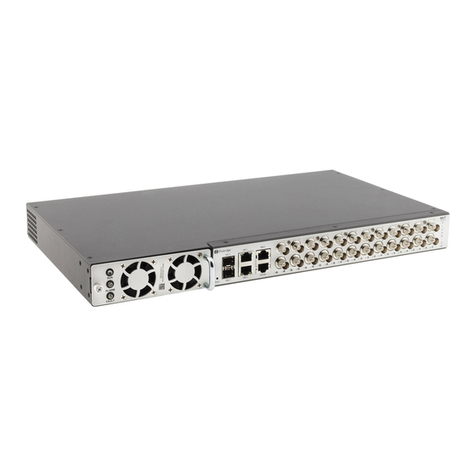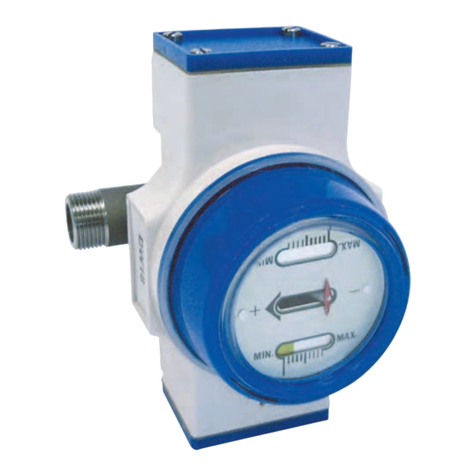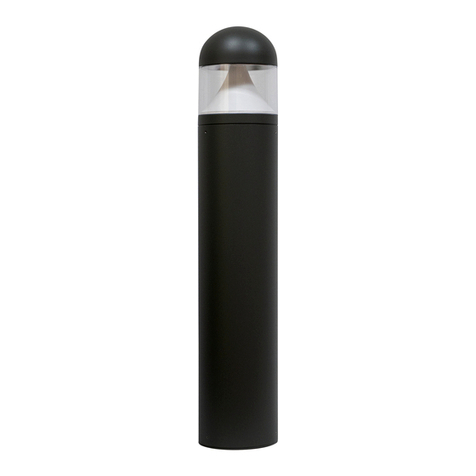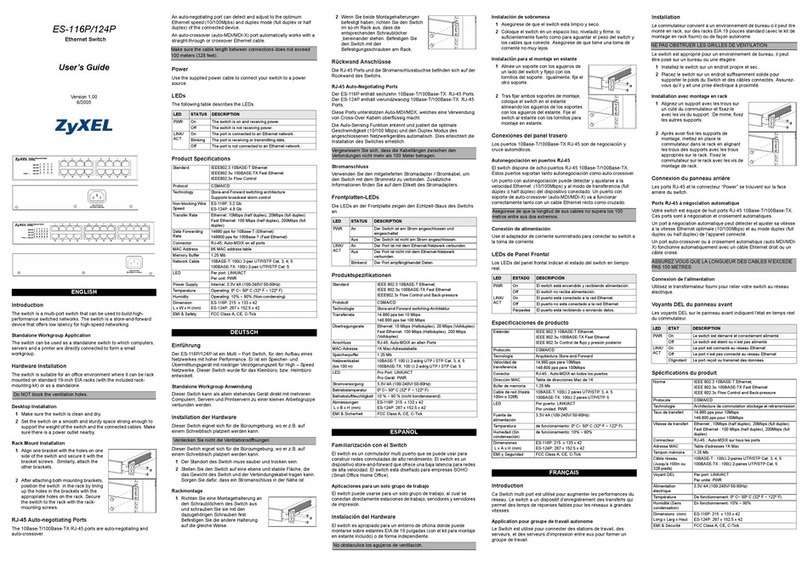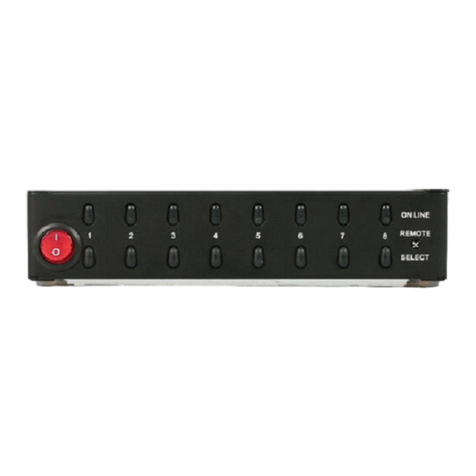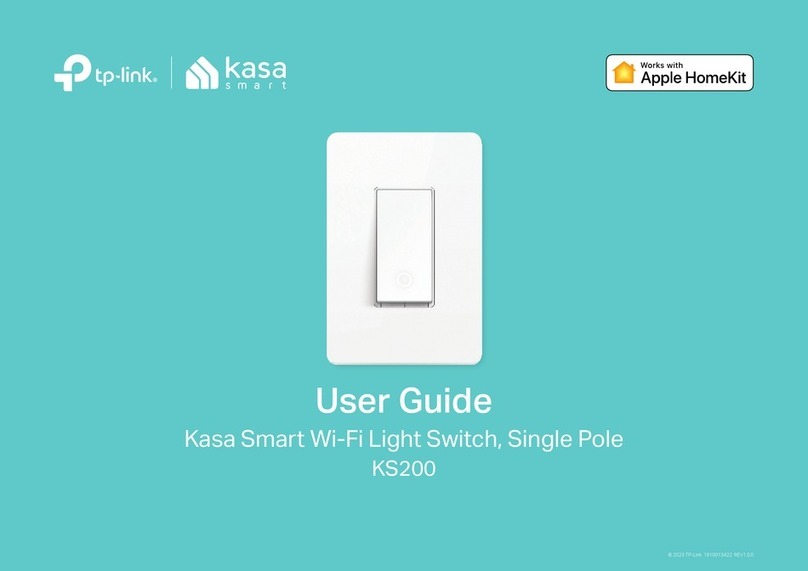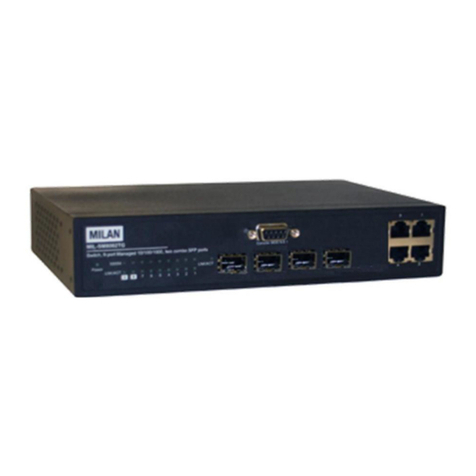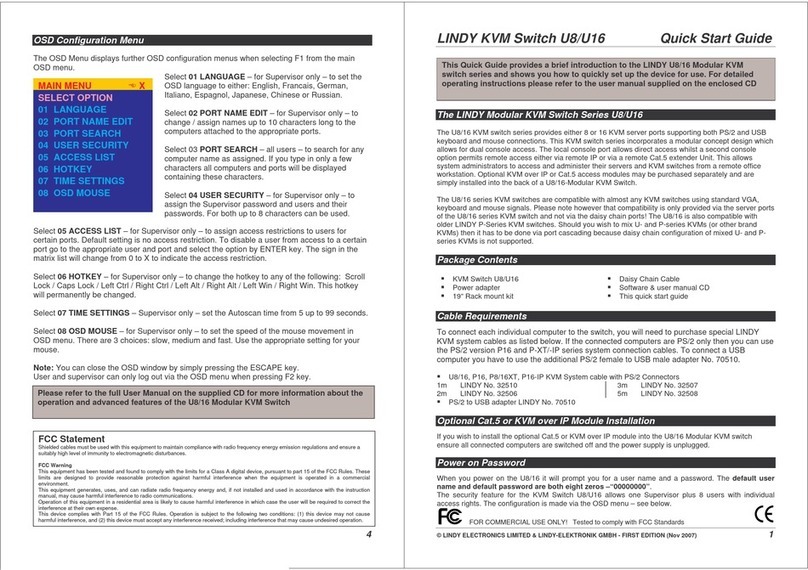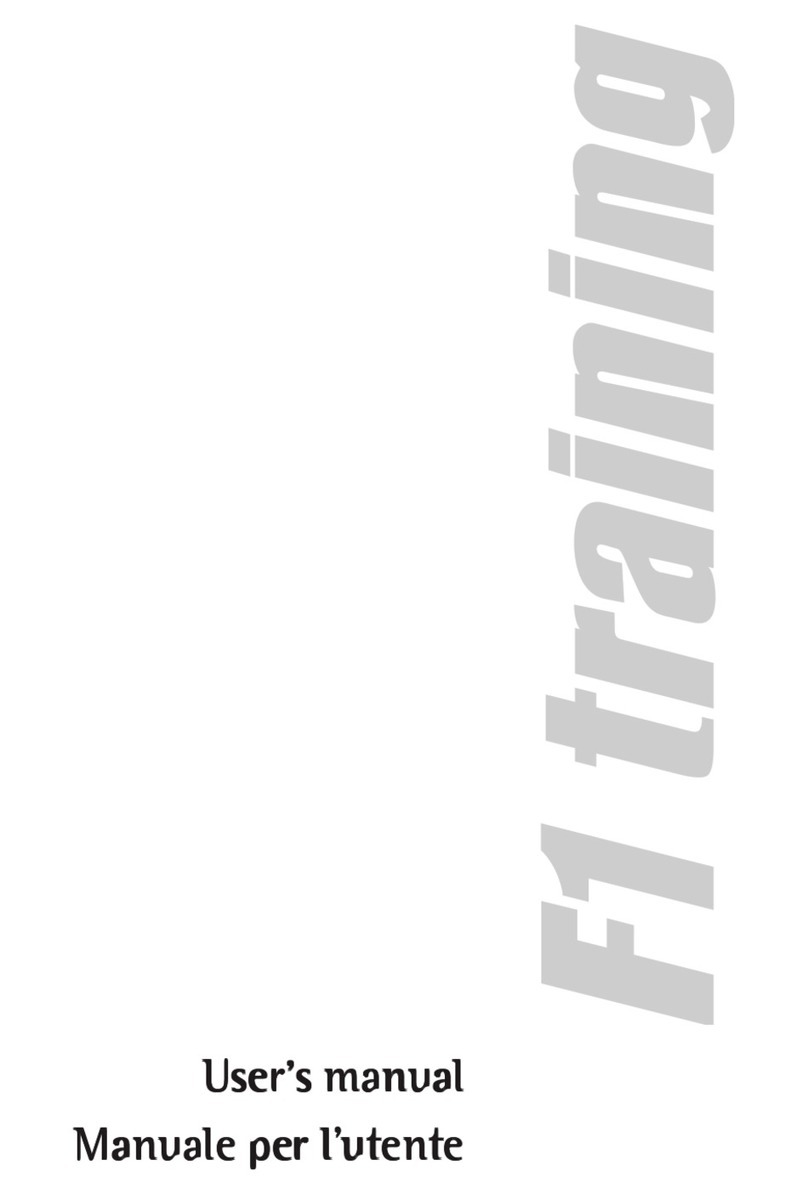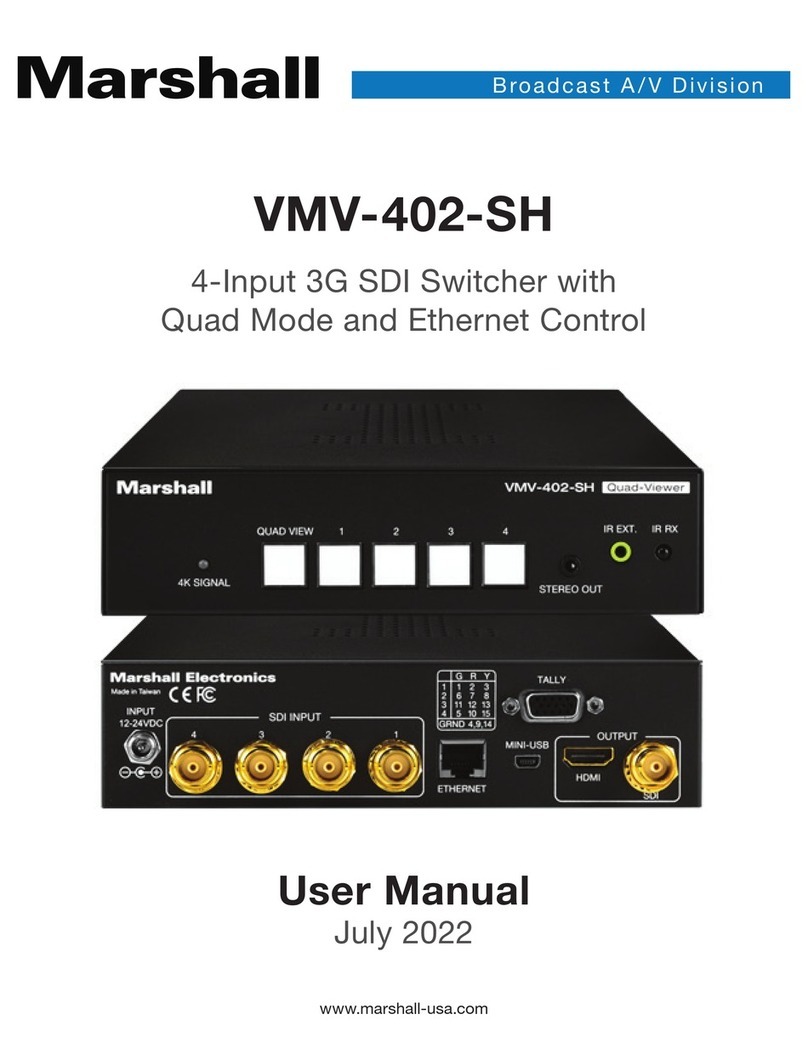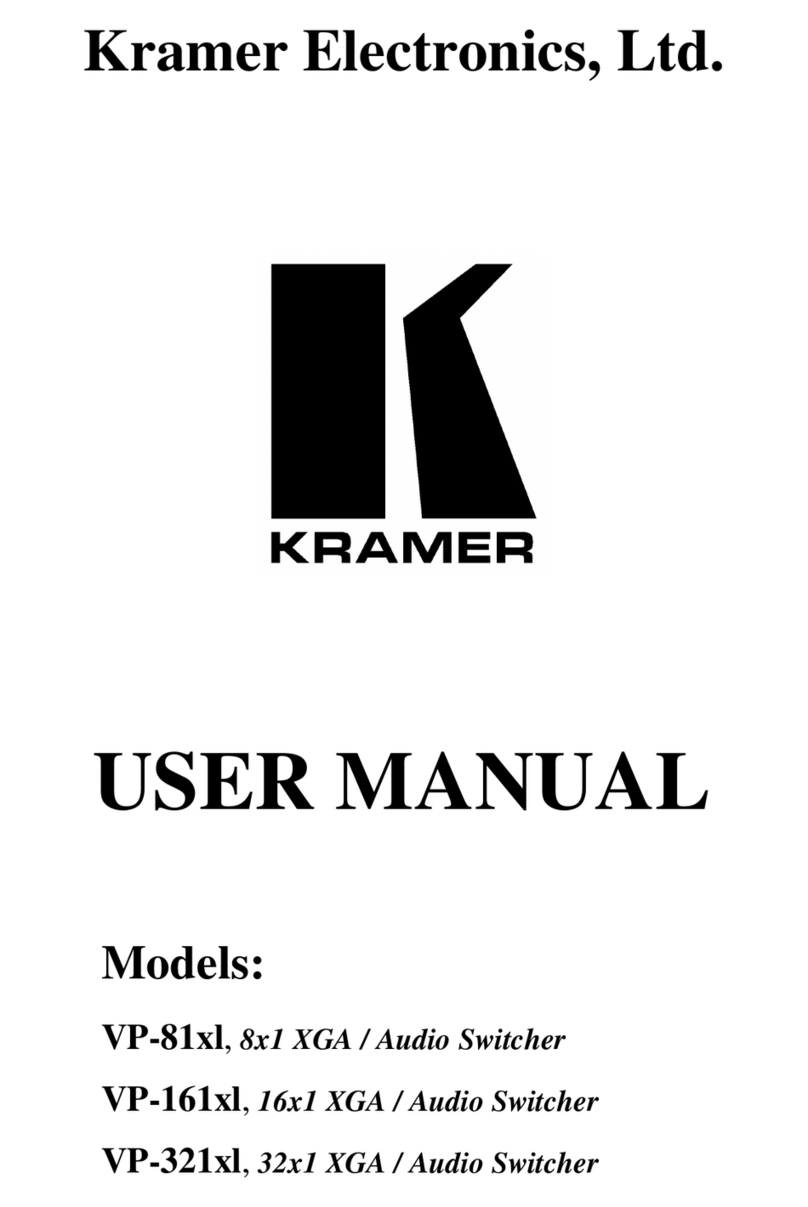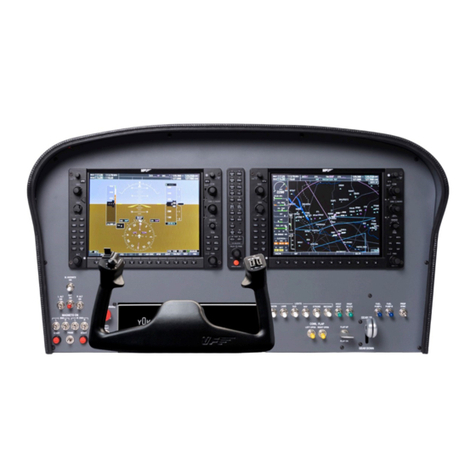
PipingPiping
PipingPiping
Piping
The field sample line connectors, two
1/4" - 18 NPT female fittings, labeled
H (high) and L (low), are located on
the side of the enclosure as shown in
Figure 1.
For sample lines up to 10 ft., use ¼"
OD tubing or 1/8" pipe.
For sample lines up to 20 ft., use ¼"
ID tubing or 1/4" pipe.
For sample lines up to 60 ft., use ½"
ID tubing or 1/2" pipe.
For sample lines up to 90 ft., use 3/4"
ID tubing or 3/4" pipe.
For sample lines up to 120 ft., use
1" ID tubing or 1" pipe.For each right
angle bend, add four feet to the computed
line length in order to determine correct
pipe or tubing size.
If either sample line connector is
vented to the atmosphere, attach an el-
bow to it so that the open end of the con-
nector points downward. This will help
protect the switch from contamination.
Sample Line ConnectionsSample Line Connections
Sample Line ConnectionsSample Line Connections
Sample Line Connections
Positive Pressure only:
Connect sample line to H;
Lremains open to the atmosphere.
Negative Pressure only:
Connect sample line to L:
Hremains open to the atmosphere.
Two Negative Samples:
Connect higher negative sample to L:
Connect lower negative sample to H.
Two Positive Samples:
Connect higher positive sample to H:
Connect lower positive sample to L.
One Negative and One Positive
Sample:
Connect positive sample line to H:
Connect negative sample line to L.
Electrical ConnectionsElectrical Connections
Electrical ConnectionsElectrical Connections
Electrical Connections
Three (3) terminals are provided for field
wiring. Before pressure is applied to the
diaphragm, the switch contacts will be in
the normally closed position as shown in
Figure 2.
To Prove Excessive Air Flow or Pres-
sure:
Connect Terminal 1 to a hot line, Ter-
minal 2 to an alarm circuit (if desired),
and Terminal 3 to the control circuit.
To Prove Insufficient Air Flow or
Pressure:
Connect Terminal 1 to a hot line, Termi-
nal 2 to the control circuit, and Terminal
3 to an alarm circuit (if desired).
NOTE: When the switch is wired in
this manner, an alarm circuit will
be energized at start up, and will
stay energized until the set point of
the air switch is satisfied. To avoid
nuisance alarm, a time delay, equal to
the amount of time required for pres-
sure to activate the air switch, should
be wired in series between Terminal 3
and the alarm device.
Field AdjustmentsField Adjustments
Field AdjustmentsField Adjustments
Field Adjustments
Field adjustments to the operating set
point are made by removing the protec-
tive plug button on the side of the con-
trol enclosure and inserting a standard
blade-type screwdriver, at least 3 inches
long*.
The adjustment range is 0.05 ± .02"
w.c. to 12.0" w.c. To adjust the set point,
turn the adjusting screw counterclockwise
until motion has stopped. Next, turn the
adjusting screw 4 complete turns in a
clockwise direction to engage the spring.
For the next 10 turns, each full turn
represents approximately 1.2" w.c.
At higher operating pressures, there is a
slight increase in the switching differ-
ential. Please note: To properly cali-
brate an air pressure sensing switch, a
digital manometer or other measuring
device should be used to confirm the ac-
tual set point.
SPECIFICASPECIFICA
SPECIFICASPECIFICA
SPECIFICATIONSTIONS
TIONSTIONS
TIONS
MODELS: AFS-951,MODELS: AFS-951,
MODELS: AFS-951,MODELS: AFS-951,
MODELS: AFS-951,
AFS-951-1, AFS-951-2AFS-951-1, AFS-951-2
AFS-951-1, AFS-951-2AFS-951-1, AFS-951-2
AFS-951-1, AFS-951-2
Air Pressure Sensing SwitchAir Pressure Sensing Switch
Air Pressure Sensing SwitchAir Pressure Sensing Switch
Air Pressure Sensing Switch
ELECTRICAL RATING:
300 VA pilot duty at 277 v AC
260 VA pilot duty at 240 v AC
130 VA pilot duty at 120 v AC
15 amp noninductive to 277 vAC.
CONDUIT OPENING:
7/8" diameter opening accepts 1/2" conduit
fitting.
ELECTRICAL SWITCH
(Contact Arrangement): SPDT NC
Single pole, double throw snap-action switch.
Contacts in a normally closed position before
pressure is applied.
CONTROL SET POINT /ADJUSTABLE OP-
ERATING RANGE:
Field-adjustable, 0.05 ±0.02 to 12.0" w.c.;
(1.3 to 305 mm w.c.; 0 to 0.43 psi)
SWITCH DIFFERENTIAL:
0.02 ± 0.01" w.c. at minimum set point, to ap-
proximately 0.8" w.c. at maximum set point
(0.5 ±.25 mm to approximately 20.3 mm).
MAXIMUM PRESSURE:
1/2 PSI (0.03 bar)
ELECTRICAL CONNECTIONS:
Numbered terminal panel
RECOMMENDED OPERATING POSITION:
Mount with the diaphragm vertical to obtain
the lowest operating set point.
OPERATING TEMPERATURE RANGE:
- 40 TO 180F (- 40 to 82C)
SAMPLE LINE CONNECTORS:
Two 1/4"—18 NPT female fittings.
APPROVALS: UL listed. CSA and FM
approved.
*Standard enclosure only.
Figure 2: Electrical Connections
PP
PP
Pressure Conversion Tressure Conversion T
ressure Conversion Tressure Conversion T
ressure Conversion Tableable
ableable
able
1"wc = 0.0361psi
or 0.0736"Hg
1"Hg = 0.491psi
or 13.6" wc
1psi = 27.7"wc
or 2.036"Hg
NC NO
3
2
1
NUMBERED TERMINALS
L
H
H
L
H: L:
HIGH POSITIVE LOW POSITIVE
POSITIVE NEGATIVE
LOW NEGATIVE HIGH NEGATIVE
Figure 1
